Yellow acacia: description, reproduction and growing secrets
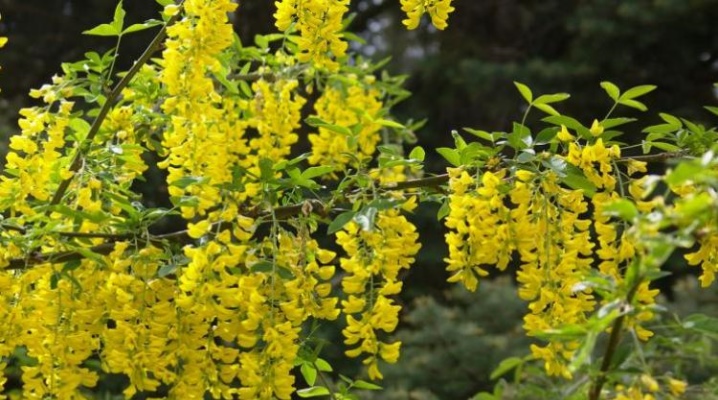
A golden ornamental shrub with small leaves - yellow acacia can often be found in gardens and parks. It is also known under the name of tree caragana, chilizhnik, pea plant or Siberian acacia. The plant is appreciated by gardeners due to its unpretentiousness and ability to easily take root in any area. Yellow acacia is also notable for its melliferous properties, as well as fragrant aroma.

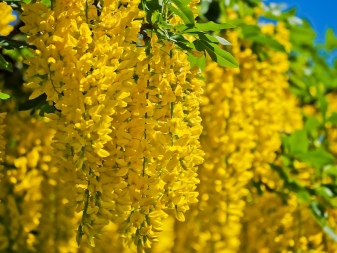

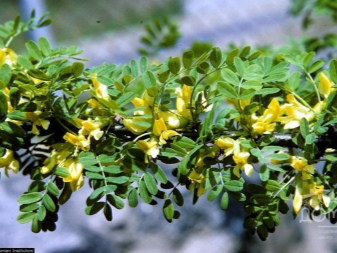
general description
Caragana tree-like grows in the form of a deciduous shrub, less often a tree with a height of 4-7 m, in culture - 2-3 m.The plant belongs to the legume family, the number of varieties of yellow acacia reaches 70. The shrub has a fairly wide growing area - from Europe to the Far East. In its natural environment, the caragana grows strongly, forming dense thickets. The bush grows mainly in the forest-steppe zones.
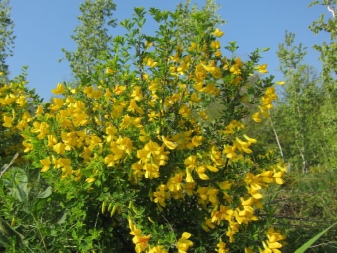

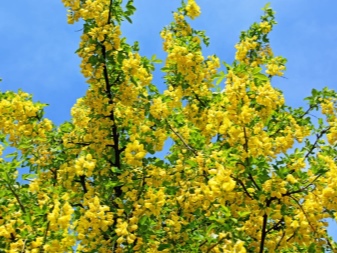
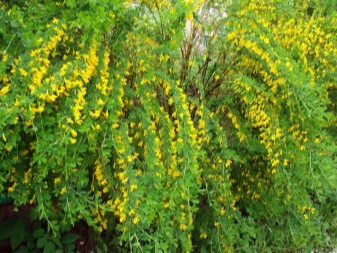
The trunk and stems of the plant are straight, smooth in structure, the bark on them has a grayish-green tint. Shoots are resilient and flexible. The crown of the shrub can reach 5 m in diameter. The leaves consist of 5-8 pairs of elongated rounded plates growing oppositely. Smooth to the touch, they have a bright green color, and with the onset of autumn they acquire yellowish tints.
Acacia flowers are quite large in size. In appearance, they are moth-type and bright yellow, collected in small bunches or growing singly. The shrub blooms in late spring - early summer. At its end, the plant ripens fruits resembling small beans, with 6-8 round peas. In the fall, the pods burst themselves. The tree-like caragana has a pleasant aroma during flowering, therefore it is a good honey plant.
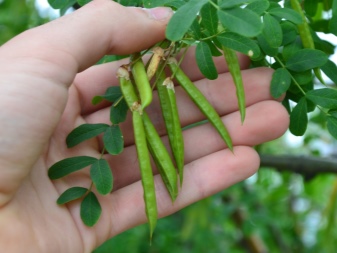
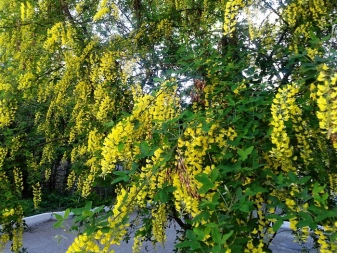
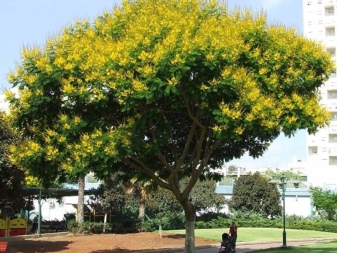

Review of the best varieties
Yellow acacia has quite a few decorative forms and varieties, which are widely used in landscape design.
"Pendula" or weeping acacia - shrub, which is characterized by rapid growth up to 2 m. Stems are elongated, drooping, well pruned. It is characterized by good frost resistance.
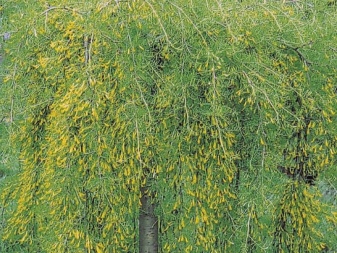
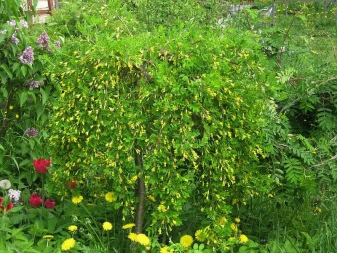
- Ussuriyskaya Is a thorny shrub of compact size (up to 0.5 m). The leaf plates are dark green, shiny. The flowers are quite large, yellow in color, which eventually acquire a reddish tint. The bush is winter hardy. The Ussuri Karagana is planted quite often because of its highly decorative appearance.
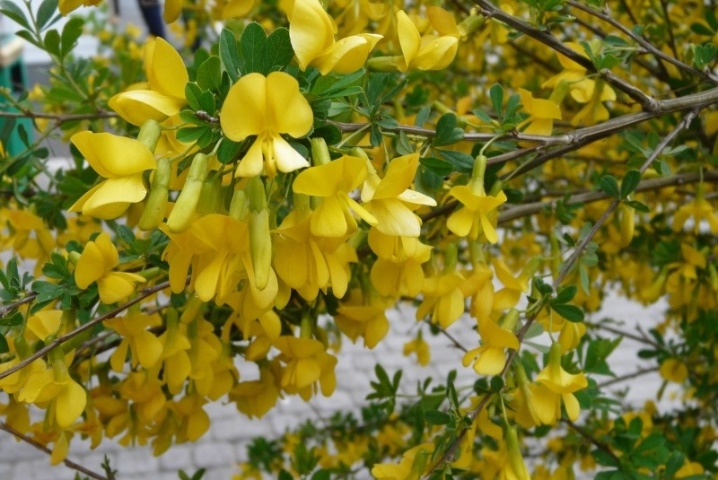
- Shrub has a high threshold of frost resistance and endurance. The bush can grow up to 1.5-2 m, forming dense thickets. This form of yellow acacia is used as hedges and has light green clover-shaped leaves and solitary, golden flowers. The plant is distinguished by rather large (about 6 cm) thorns.
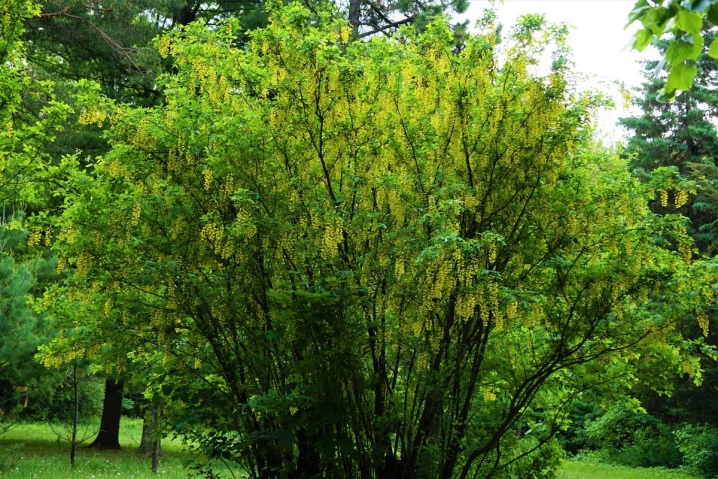
- Dwarf has a height of 30 to 150 cm. It is characterized by long flowering throughout the summer. Acacia prefers rocky areas for growth.

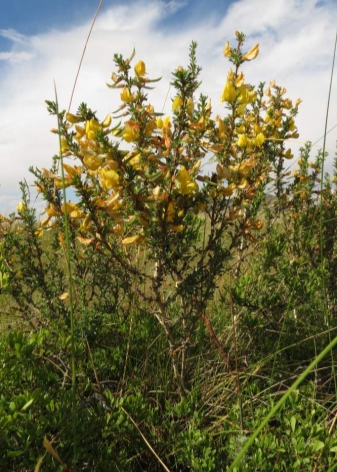
- Grivastaya ("camel tail") listed in the Red Book. The bush is compact in size, with rather long thorns. Flowers are placed on the stems singly, they can be pink or orange.
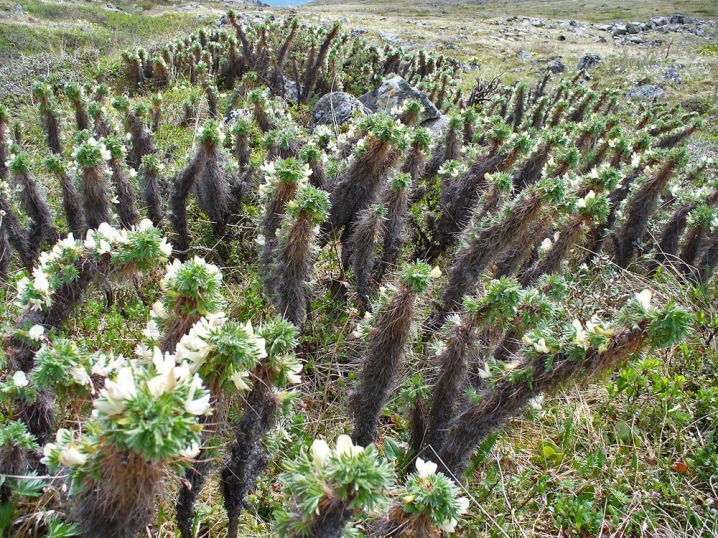
- "Grandiflora" - a variety of shrub caragana, which is distinguished by large inflorescences.
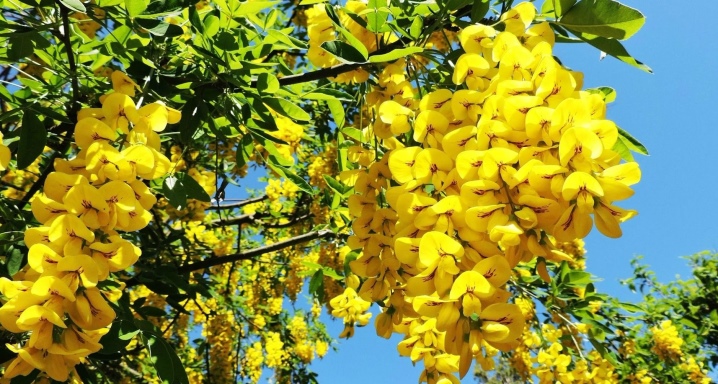
- "Latifolia" - also a kind of shrub acacia. It has rather wide leaf plates.

- "Globoza" has a characteristic rounded crown shape.
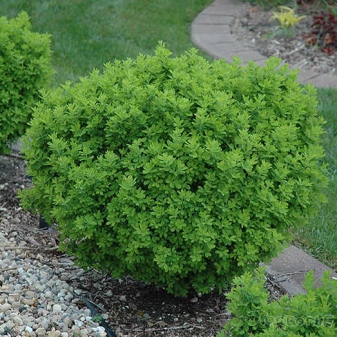

- "Lorbergs" it stands out with narrow leaf plates and small inflorescences, but the flowering is very abundant. Stems drooping. Representatives of this variety grow very quickly, their maximum height can reach 3.5 m.
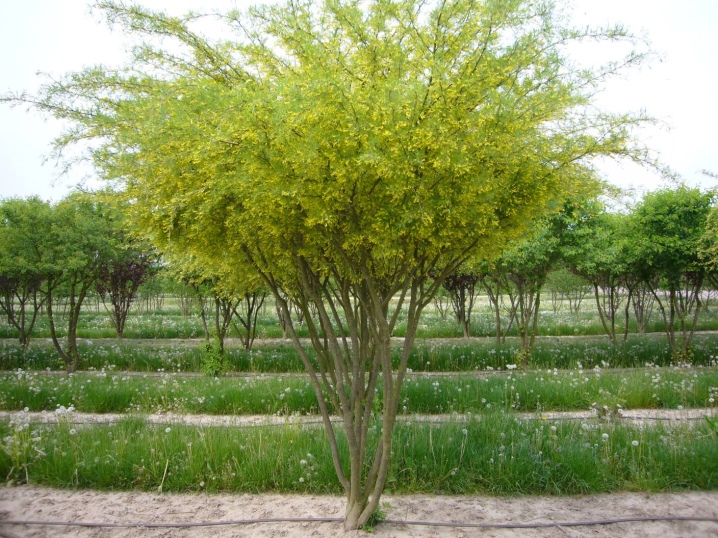
- Walker - a variety of compact size (about 1.5 m) with an openwork crown. The leaves of the plant are elongated, reaching 10 cm in length. Branches are flexible, flowing.
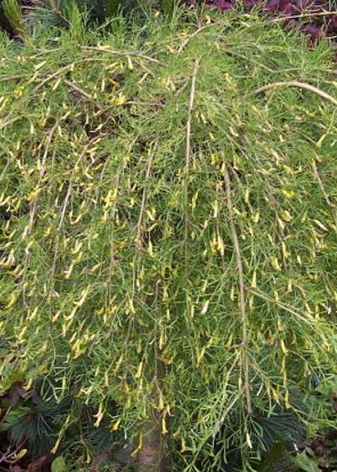
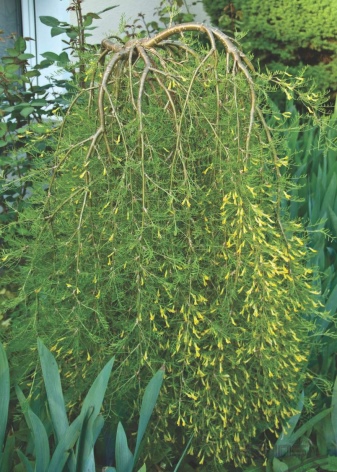
- Annys golden cascade - with hanging branches. The leaf plates have a yellowish speck and are prone to burning when exposed to direct sunlight.
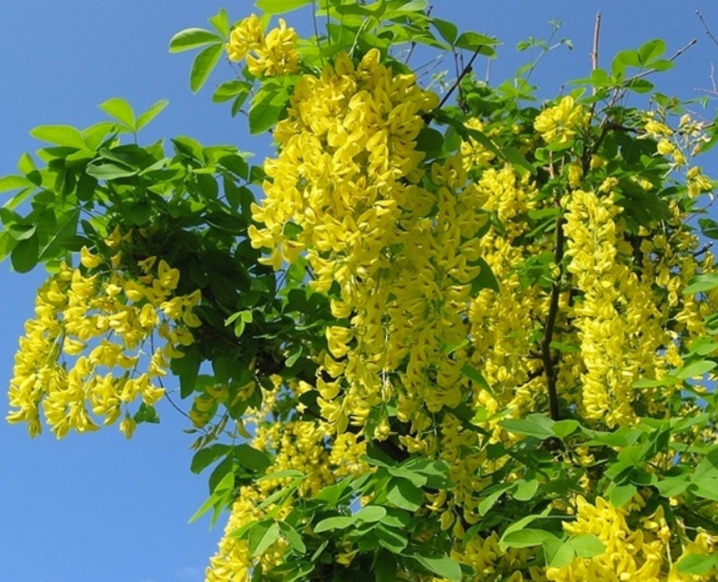
- Nana - a dwarf variety, rarely exceeding 1.5 m in height. It is characterized by a rather dense crown and slow growth.
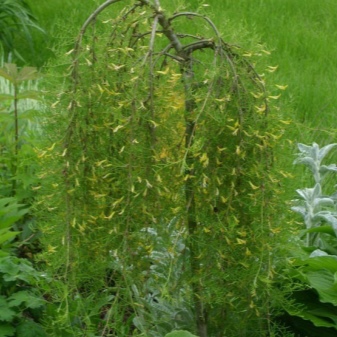

- Spring gold possesses a golden yellow tone of young foliage, later it acquires a light green color.
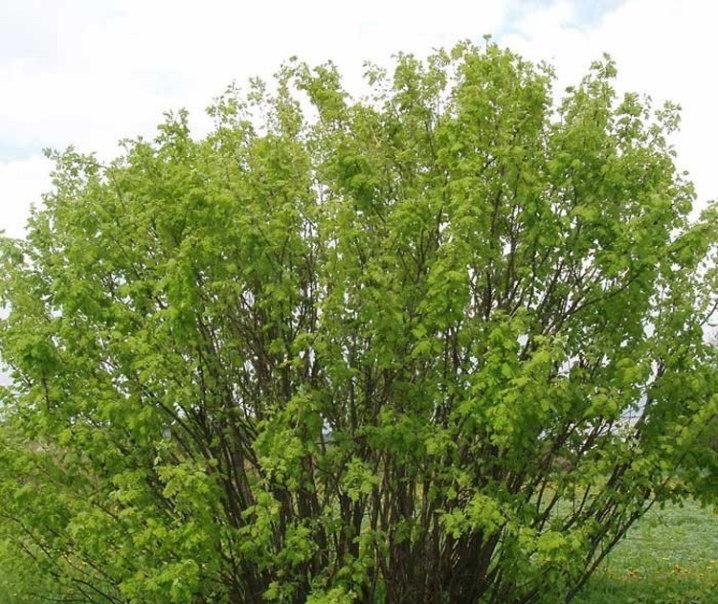
- Sutherland has a straight and rather dense crown.
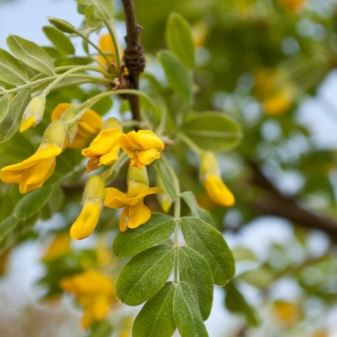
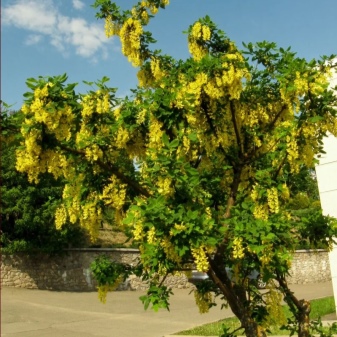
- Tidy it is distinguished by extremely narrow leaf plates, similar to needles.
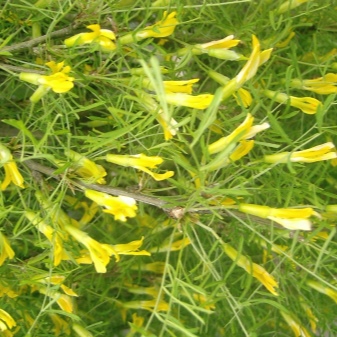
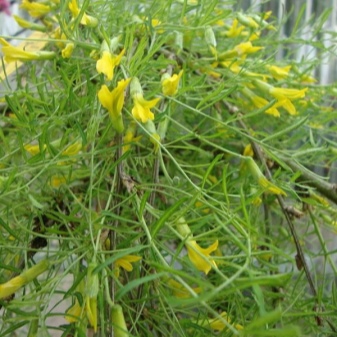
- Albescens - a tree-like variety with a golden crown.
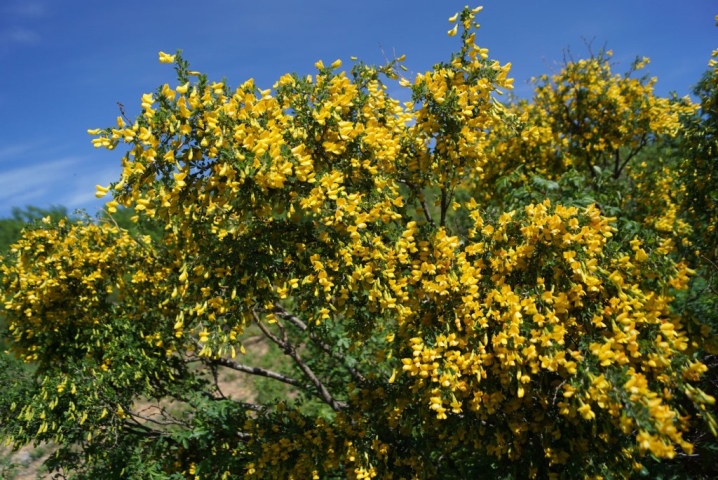
Landing features
Yellow acacia is extremely undemanding in maintenance, thanks to these properties, the shrub is planted near roads, also as protective plantings for fields from the wind and strengthening of slopes. To appreciate all the beauty of a plant, it is still worth choosing areas for planting it with good lighting and moisture-penetrating soil. You should not plant a caragana on lowlands in order to avoid flooding; for the same reason, areas with surface groundwater should be avoided. When planting a shrub as a hedge, you need to maintain a distance of 50-70 cm between the plants. During growth, the crowns will join, and with the help of a haircut, it will be possible to create the desired shape and height.
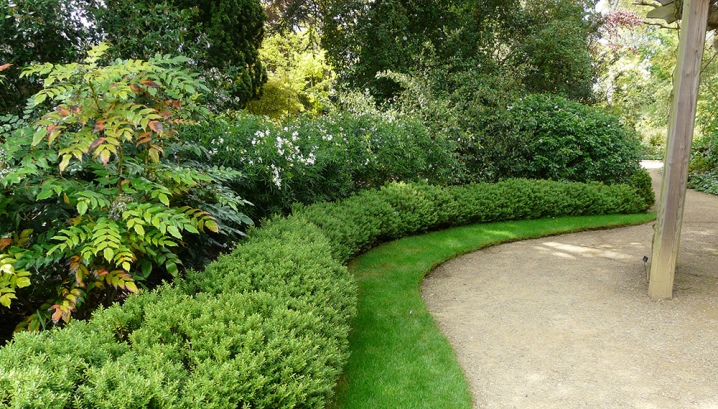
The maximum bush can reach a width of 5 m, this should be taken into account when planting acacia solo, so that neighboring plants do not grow in its shade, because the caragana can grow in one place for up to 50 years. Acacia is planted in open ground in early spring before the buds awaken or in the fall after the end of the growing season. Before planting, dig holes 50 cm deep, with the same width. Organic matter, a small amount of peat and 100-200 g of mineral dressings are added to the soil. If the ground is heavy, it is worth adding more sand to it. This mixture allows the plant to develop roots and take root faster.
Planting work is carried out as follows:
- a drainage layer of 10-15 cm is laid on the bottom of the holes;
- place bushes and cover with soil mixture;
- from above, the earth is tamped and watered;
- apply a good layer of mulch.

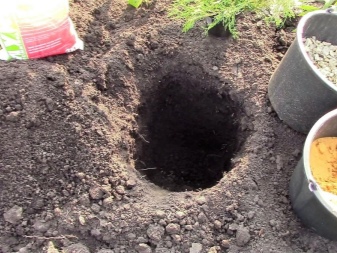
Care rules
As already indicated, Karagana is very unpretentious and does not need special care. All she needs is watering, loosening and pruning.
Watering
Acacia easily tolerates drought, but suffers from excessive moisture. Based on this, the bush is moistened about three times a week (not more often), 12 liters of water is enough for one bush. The frequency and volume of watering depends on weather conditions and soil.
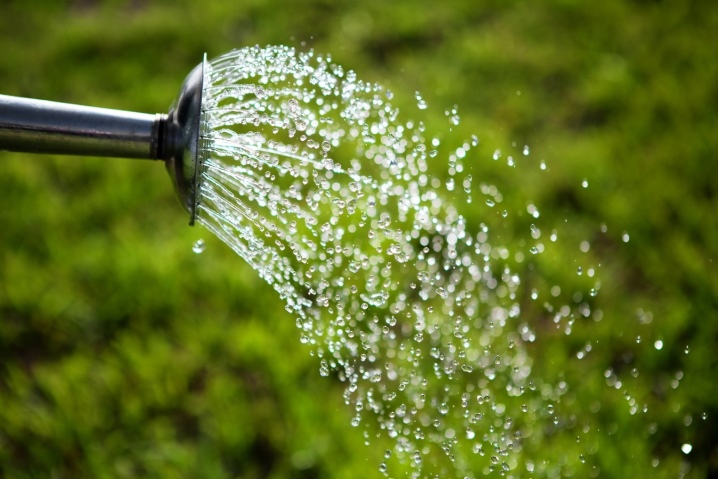
Fertilizer
Young bushes need regular fertilization. Top dressing begins in March and ends in August, they are applied twice a week. You can also fertilize with organic or complex mineral fertilizing. Adult shrubs do not need fertilizers, since, like all legumes, acacia itself is capable of enriching the soil with nitrogen.
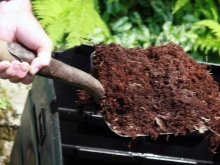
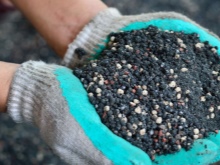
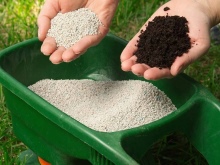
Pruning
Yellow acacia is characterized by rapid growth, therefore, it needs pruning, which can be carried out from the age of two. The plant tolerates the procedure easily, due to its plasticity. It is recommended to carry out a haircut in early spring, until the juices begin to move, and in the fall after flowering, when damaged and dried shoots are cut off. Acacia as a hedge or standard tree should be trimmed annually. Such a procedure makes it possible to preserve the given shape, in addition, to save the plant from exposing the lower branches.
To give the caragana a tree-like appearance, remove all basal shoots and form a crown. Mature plants are given a rejuvenating haircut, during which old branches are cut, as well as naked and diseased ones. Loosening should be carried out regularly, combined with weeding.
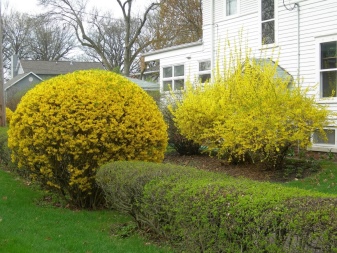

Breeding options
Karagan tree-like can be grown in several ways:
- seed;
- cuttings;
- layering;
- dividing the bush;
- root suckers.
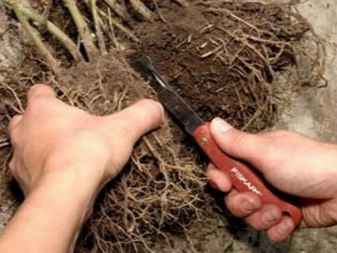
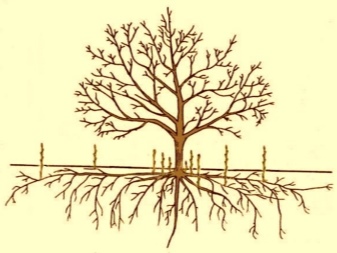
Seed propagation is one of the simplest and at the same time effective ways. Sowing seeds can be done in September - October or early spring. Features of the seed method:
- seeds are soaked in water for 6-12 hours;
- prepared peas are placed in moistened soil, planting depth is 4-5 cm;
- crops are mulched with peat or sawdust.
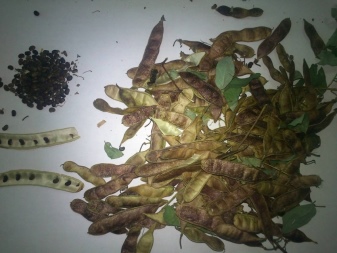

If a spring planting is being undertaken, it is recommended to stratify (harden) the seeds, for this they are kept on the lower shelf of the refrigerator for a month. You can sow acacia seeds for seedlings in pots. For this, only freshly harvested seeds are suitable, they are planted in flowerpots with a mixture of garden soil and sand (3: 1). A drainage layer must be poured onto the bottom, in addition, there must be holes for excess moisture to drain.
A bush is planted on the site with the beginning of spring.

Cuttings for propagation can be prepared when pruning a shrub. They are treated with a growth stimulant and rooted in moist soil. After about a month, roots appear, then they are planted in open ground. It is recommended to do this in April - May or autumn, but always before frost. Landing is performed as follows:
- make holes 40-50 cm deep;
- a drainage layer is placed at the bottom, which is sprinkled with soil;
- then complex fertilizers and compost are placed;
- the seedling is placed so that the soil covers the root collar by about 1.5 cm;
- the roots are well straightened and sprinkled with earth;
- the soil is tamped, moistened and mulched.
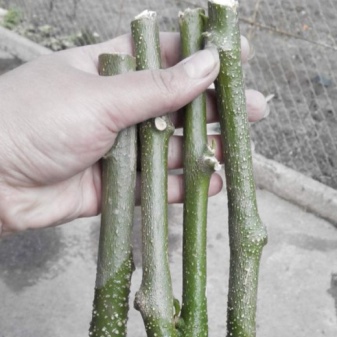
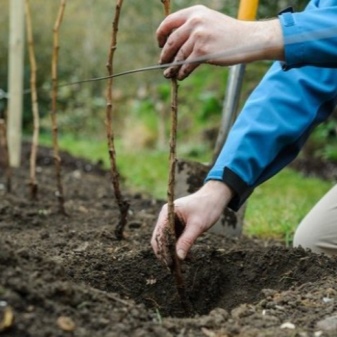
When using propagation by layering, the lower young, strong shoot is bent to the ground, fixed in this position and sprinkled with soil. After regular watering, it takes root in the spring, then it is separated from the mother plant and planted in its place of growth. The division is recommended in the autumn. Quite effectively, you can propagate acacia by means of root shoots, the plant has quite a lot of them. They are separated from the bush and transplanted only in the spring. Standard plants are bred only by grafting, in August. As a rootstock, mainly tree-like acacia with a straight trunk is used.
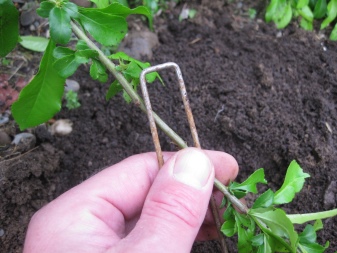
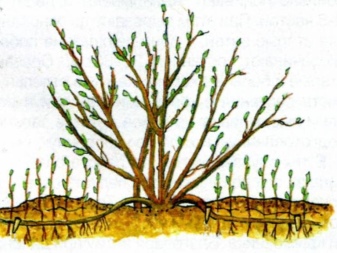
Diseases and pests
As a rule, tree caragana is quite resistant to both diseases and the invasion of parasites. A plant can be affected by various kinds of fungi, this is especially true with dense plantings of hedges, when, in addition, there is regular and sometimes excessive moisture. This could be:
leaf rust, in which the leaf plates acquire a brown tint and fall off;
powdery mildew, manifests itself as a whitish bloom on the leaves, which turn yellow and fly around from the bush;
white rot covers the bole and branches.
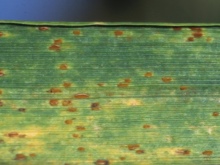

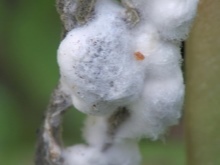
To combat them, fungicidal preparations are used, including Bordeaux liquid, which is a very effective anti-rust agent. Besides, the parts affected by diseases are necessarily cut off and destroyed, the fallen leaves are also removed and amenable to burning. For preventive purposes, it is worth excluding excess moisture in the plantings. Of the pests, acacia aphids, leaf flies and false scutes, feeding on plant sap, can affect the tree-like caragana. Acacia trunks can be attacked by goldsmiths and glass bowls.
Plant protection consists in treatment with insecticidal preparations.

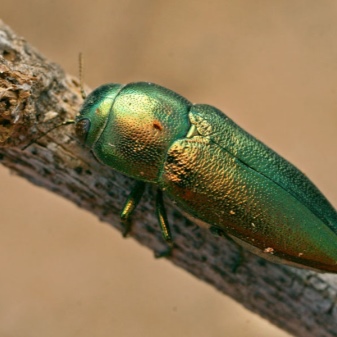
Examples in landscape design
Due to its rapid growth, unpretentiousness and an easy-to-form crown, tree caragana is widely used in landscape design. The plant is very suitable for creating hedges and curbs.
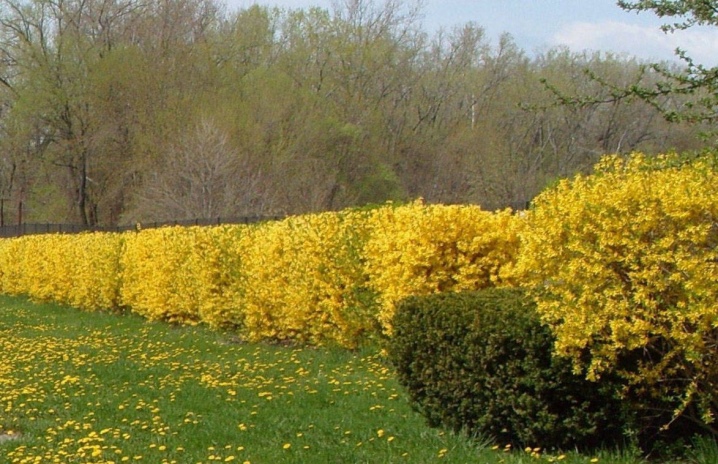
Thanks to the elastic stems that are easy to cut, acacia trees can be shaped into any shape. The plant will become a real highlight of the site.
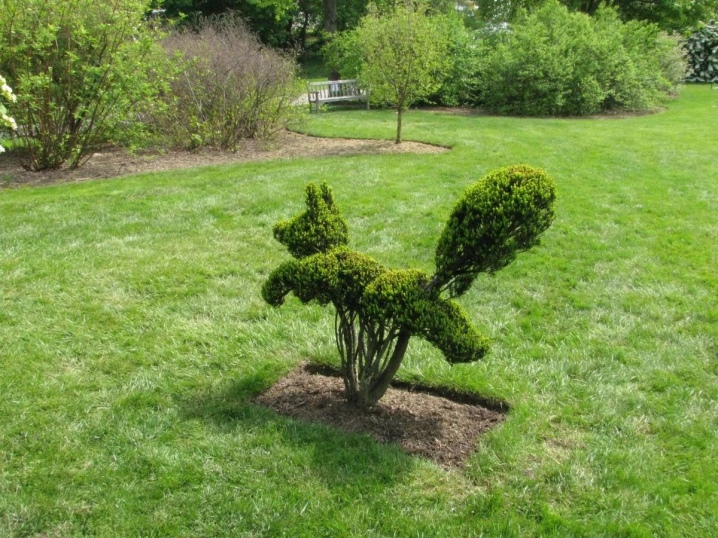
Yellow acacia looks beautiful in single plantings. Growing up, it will decorate the garden with a bright yellow cloud.
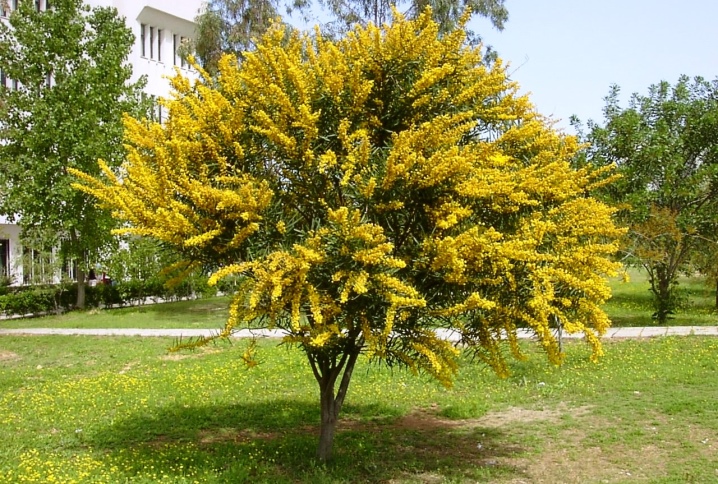
Hanging varieties also look very impressive on the site.
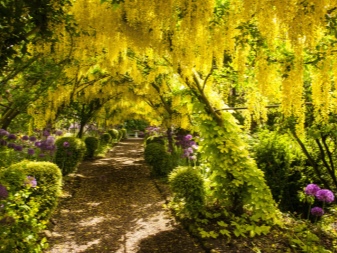
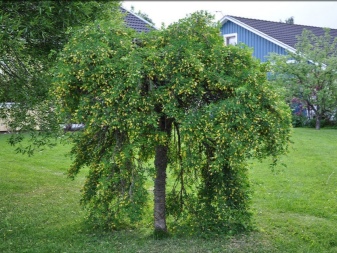
Due to its high stability and unpretentiousness to the conditions of detention, yellow acacia is planted along the roads, and also strengthens the slopes with it.

Caragana is also good in joint plantings with other shrubs, in addition, the plant enriches the soil with nitrogen, feeding neighboring crops.
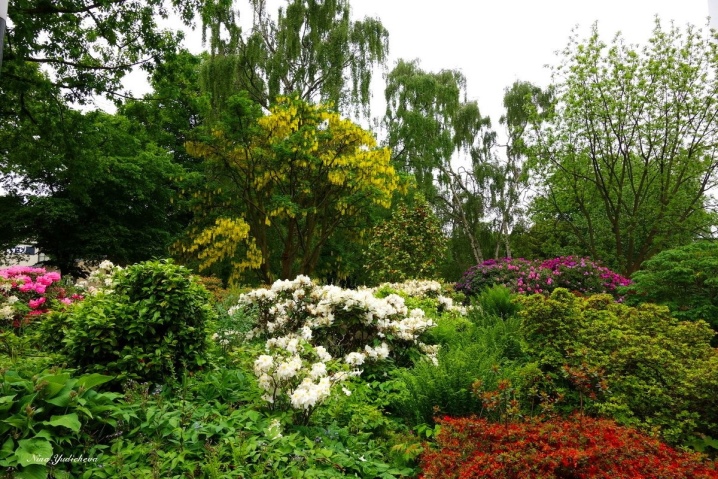
Useful properties and use of yellow acacia, see the video below.



































































The comment was sent successfully.